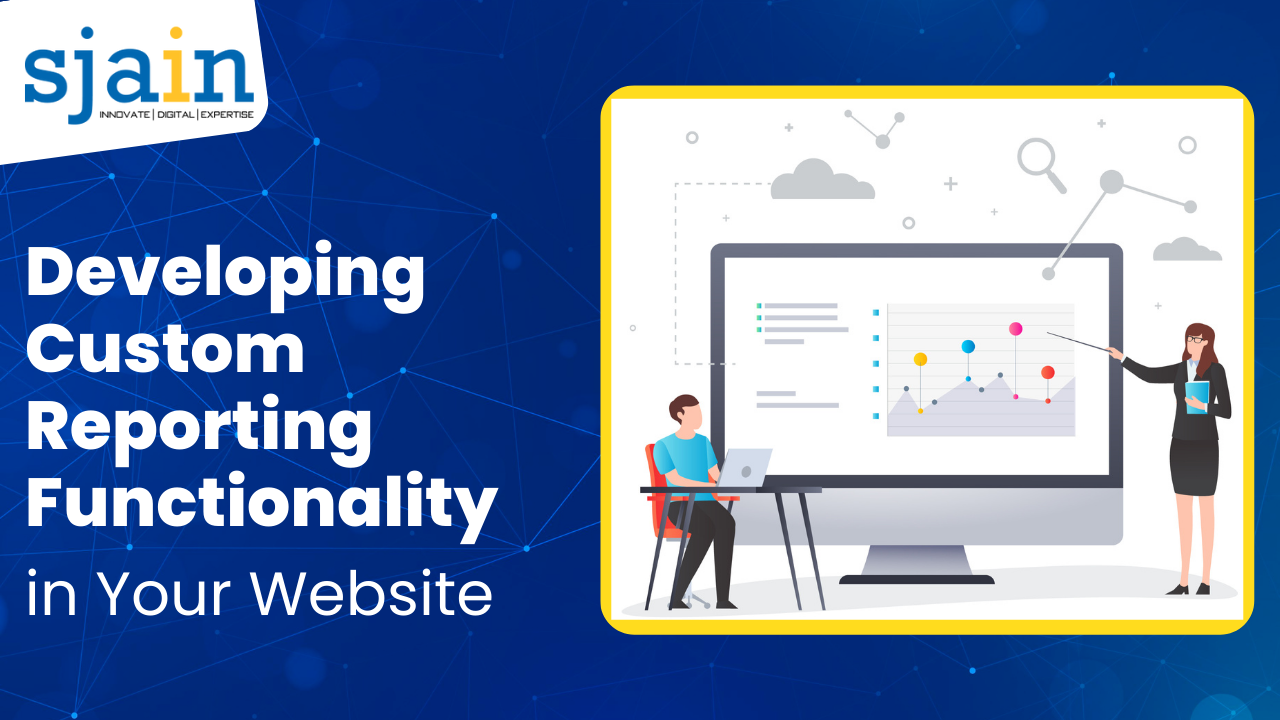Developing Custom Reporting Functionality in Your Website
You could be in touch with the irritation of having no access to the proper data whenever you need it to function as a website owner. This may contribute to poor choices and missed growth chances. However, with custom reporting functionality, you can easily generate reports that provide valuable insights into your website’s performance.
Are you tired of sifting through endless amounts of data in your website analytics platform? Do you wish there was a way to quickly generate custom reports that provide the exact information you need? Look no further, as developing custom reporting functionality in your website can save you time and provide valuable insights into your website’s performance. In this article, we will discuss the importance of custom reporting functionality and provide tips on how to develop it for your website.
What is Custom Reporting Functionality?
Custom reporting functionality is the ability to create and generate reports that provide specific information about your website. Rather than relying on pre-built reports that may not meet your specific needs, custom reporting functionality allows you to select the data you want to include and generate a report that is tailored to your needs. This can include metrics such as pageviews, bounce rates, conversion rates, and more.
Why is Custom Reporting Functionality Important?
Custom reporting functionality is important for several reasons. Firstly, it allows you to access the data that is most relevant to your website’s performance. This means you can make more informed decisions about what changes to make to improve your website’s performance. Additionally, custom reporting functionality can save you time by allowing you to quickly generate reports that provide the information you need. This means you can spend less time sifting through data and more time making changes to your website.
Tips for Developing Custom Reporting Functionality
Determine Your Reporting Needs
Before you start developing custom reporting functionality, you need to determine what data you need to include in your reports. This may include metrics such as pageviews, bounce rates, conversion rates, and more. Make a list of the metrics you need to include in your reports.
Choose Your Analytics Platform
Next, you need to choose an analytics platform that allows you to create custom reports. Popular options include Google Analytics, Adobe Analytics, and Piwik PRO. Choose a platform that meets your reporting needs and has the features you require.
Create Custom Reports
Once you have chosen your analytics platform, you can start creating custom reports. This typically involves selecting the metrics you want to include, choosing a date range, and configuring any filters or segments. After you’ve finished creating the report, you may save it for later use.
Automate Your Reports
To save time, you may want to automate your reports. This involves setting up a schedule for your reports to be generated and delivered to your email inbox or a shared folder. This means you can access the data you need without having to manually generate reports.
Conclusion
Custom reporting functionality is an essential tool for any website owner looking to gain valuable insights into their website’s performance. By determining your reporting needs, choosing an analytics platform, creating custom reports, and automating your reports, you can save time and make more informed decisions about how to improve your website. With custom reporting functionality, you can access the data you need when you need it and make changes that will help your website grow.

